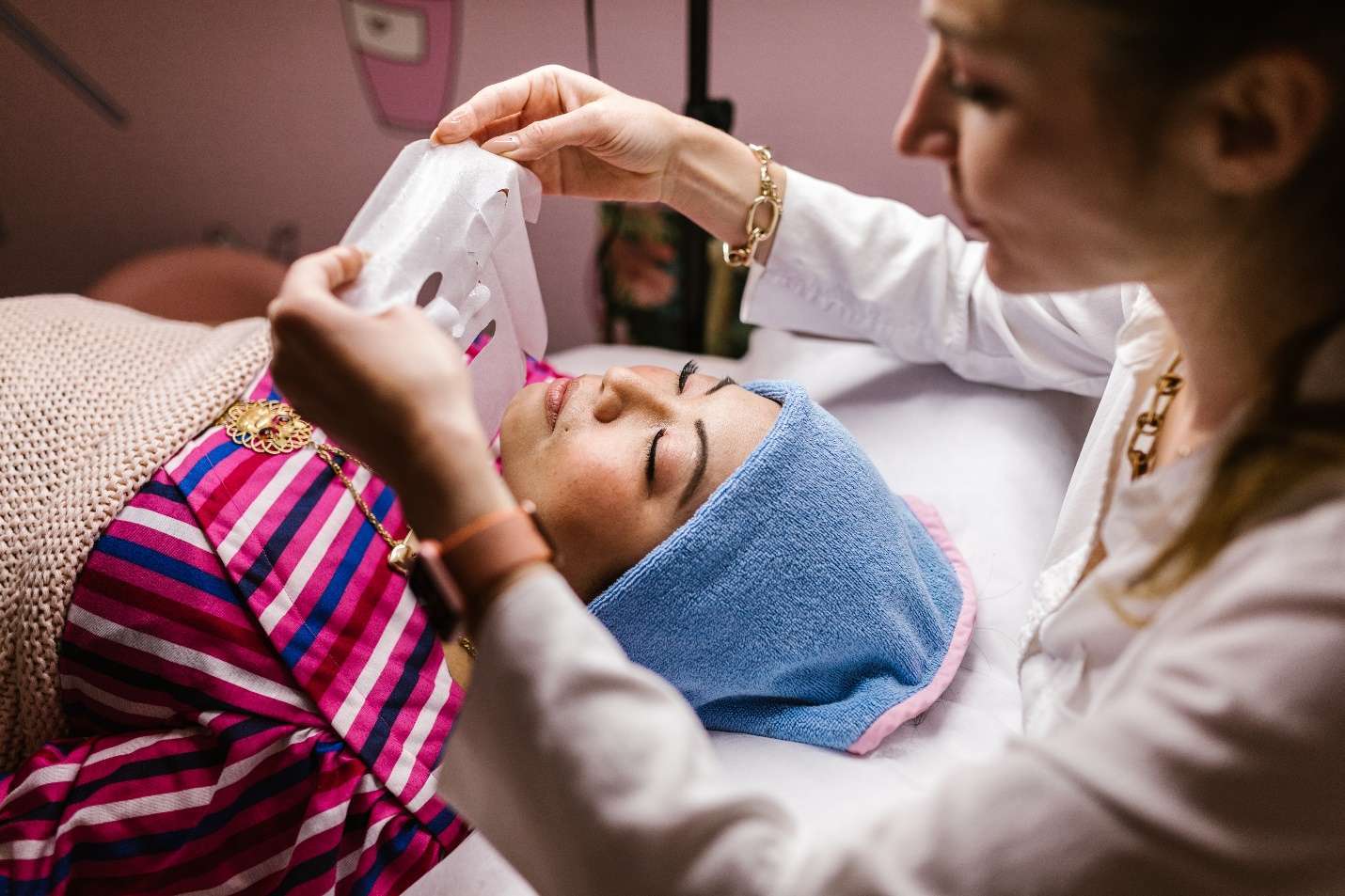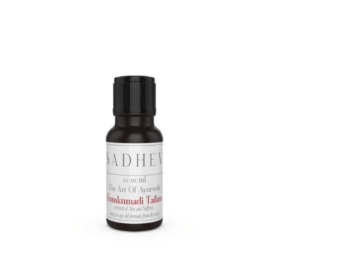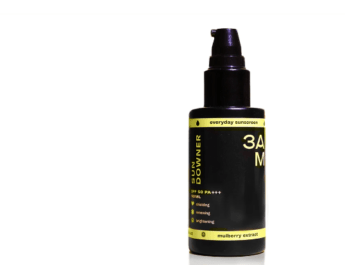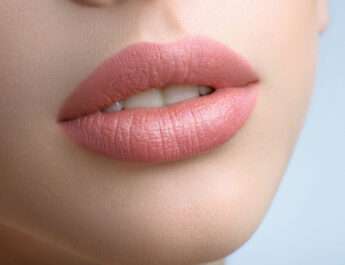Aesthetic dermatology and cosmetic dermatology are closely related fields within dermatology that focus on enhancing the appearance of the skin. While there is some overlap between the two, there are subtle differences in their approaches and primary goals.
Aesthetic dermatology or facial aesthetics primarily emphasizes improving the skin’s overall appearance, enhancing its texture, tone, and youthfulness. It encompasses a broad range of non-invasive or minimally invasive procedures to rejuvenate the skin, such as chemical peels, microdermabrasion, laser treatments, and dermal fillers.
On the other hand, cosmetic dermatology mainly focuses on altering or enhancing specific features of the skin and face to improve one’s appearance. It involves procedures that may be more invasive or surgical in nature, such as facelifts, rhinoplasty (nose surgery), eyelid surgery, and liposuction.
Moreover, cosmetic dermatologists specialize in procedures that require a higher level of expertise and may involve more significant changes to the patient’s physical appearance.
How Does Aesthetic Dermatology Work?
Aesthetic dermatology encompasses various procedures and treatments that improve the skin’s appearance. The techniques employed vary depending on the individual’s needs and desired outcomes. Here are some common methods used in aesthetic dermatology:
Chemical Peels
A chemical solution is applied to the skin to remove the outermost layer, promoting the growth of new, healthier skin with improved texture and tone. Chemical peels can address issues such as acne, hyperpigmentation, fine lines, and sun damage.
Laser Treatments
Lasers emit focused beams of light that can target specific skin concerns. Different lasers are used to treat various conditions, including acne scars, wrinkles, age spots, and vascular lesions. Laser treatments work by stimulating collagen production, removing damaged skin cells, or targeting specific pigments in the skin.
Dermal Fillers
Injectable fillers, typically made of hyaluronic acid or collagen, are used to restore volume and diminish the appearance of wrinkles and fine lines. They can be injected into areas like the cheeks, lips, and nasolabial folds to enhance facial contours and provide a more youthful appearance.
Botox Injections
Botulinum toxin, known as Botox, is injected into specific facial muscles to paralyze them temporarily. This reduces the appearance of wrinkles and fine lines caused by muscle contractions, such as frown lines and crow’s feet.
Microdermabrasion
This procedure involves gently exfoliating the skin’s surface using a handheld device with fine crystals or a diamond-tipped wand. It helps to remove dead skin cells, stimulate collagen production, and improve skin texture, resulting in a smoother and brighter complexion.
Skin Resurfacing
Techniques like fractional laser resurfacing or radiofrequency treatments can help improve skin texture, reduce acne scars, and minimize wrinkles. These treatments promote the production of new collagen and elastin, leading to a smoother, more youthful appearance.
Skin Care and Topical Treatments
Aesthetic dermatologists often recommend specialized skin care products and topical treatments tailored to an individual’s skin type and concerns. These may include moisturizers, serums, retinoids, or prescription creams to address issues like acne, hyperpigmentation, or aging skin.
What About Cosmetic Dermatology?
Cosmetic dermatology involves various procedures and treatments that aim to enhance or alter specific skin features and improve overall appearance. Here are some common techniques used in cosmetic dermatology:
Injectable Treatments
Cosmetic dermatologists use injectable substances such as dermal fillers and neurotoxins to enhance facial contours and reduce the appearance of wrinkles and lines. Dermal fillers add volume to areas like the cheeks, lips, and jawline, while neurotoxins like Botox temporarily relax facial muscles to reduce wrinkles and fine lines.
Facial Rejuvenation
Cosmetic dermatologists perform various procedures to rejuvenate the face and combat signs of aging. These may include facelifts, brow lifts, eyelid surgery (blepharoplasty), and neck lifts, which help tighten loose skin, reduce sagging, and restore a more youthful appearance.
Laser and Light Therapies
Laser treatments and intense pulsed light (IPL) therapies are used in cosmetic dermatology to address various concerns, such as acne scars, pigmentation issues, vascular lesions, and unwanted hair. These treatments utilize controlled beams of light to target specific skin structures or pigments, stimulating collagen production and improving skin texture.
Body Contouring
Cosmetic dermatologists employ non-invasive or minimally invasive techniques to reshape and sculpt the body. Procedures like cryo-lipolysis (CoolSculpting), radiofrequency-based treatments, and laser-assisted liposuction can reduce stubborn fat deposits, tighten sagging skin, and improve body contours.
Laser Hair Removal
This procedure uses laser energy to selectively target and destroy hair follicles, leading to permanent hair reduction. Laser hair removal is a popular cosmetic dermatology treatment for areas such as the face, legs, underarms, and bikini lines.
Scar Revision
Cosmetic dermatologists employ various techniques, such as laser treatments, chemical peels, dermal fillers, and micro-needling, to minimize the appearance of scars caused by acne, injury, or surgery. These treatments can improve scars’ texture, color, and overall appearance.
Tattoo Removal
Using lasers, cosmetic dermatologists can target tattoo pigments and break them down, allowing the body to eliminate them gradually. Multiple sessions may be required for complete tattoo removal.
Conclusion
Aesthetic dermatology concentrates on overall skin rejuvenation and maintaining a youthful appearance, while cosmetic dermatology focuses on specific cosmetic enhancements and surgical interventions to alter facial features.
However, it’s important to note that the exact scope of these fields can vary among practitioners, and some dermatologists may use the terms interchangeably.
Moreover, consulting with a qualified dermatologist will provide the most accurate information and guidance tailored to individual needs.



